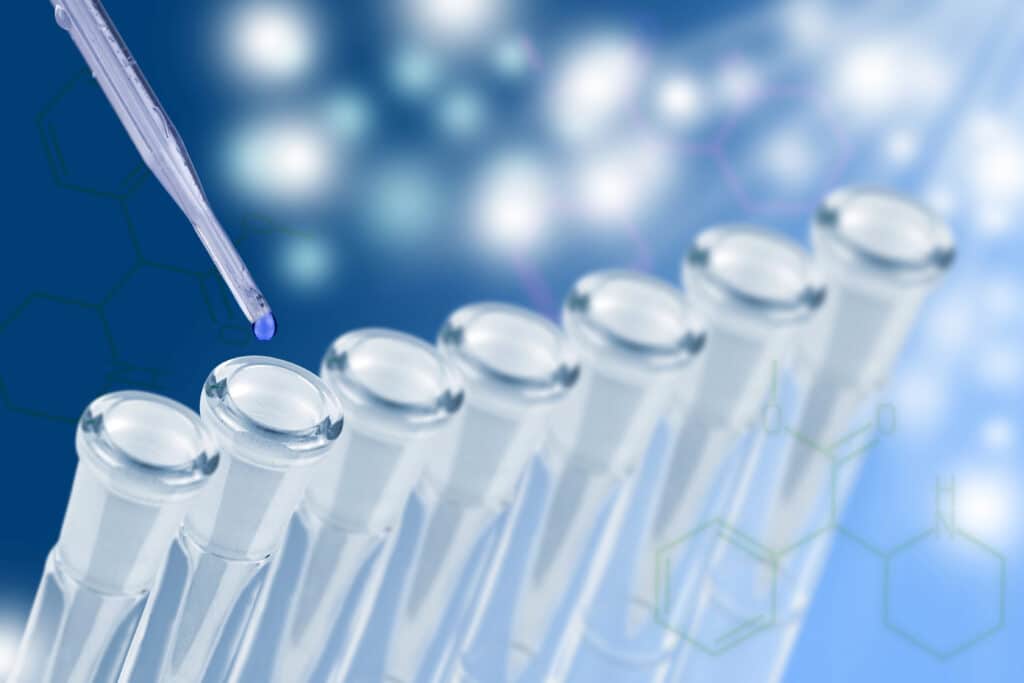
Drug development is a long and costly journey—from identifying a promising molecule to launching a safe and effective therapy on the market. At every critical milestone of this process, pharmacokinetics (PK) services play an essential role in guiding decisions, optimizing outcomes, and minimizing risk.
Pharmacokinetics is the science of how a drug moves through the body: how it’s absorbed, distributed, metabolized, and excreted (ADME). Understanding these dynamics isn’t just a scientific curiosity—it’s a core requirement for designing effective drugs and gaining regulatory approval.
Let’s break down how pharmacokinetics services support drug development from early discovery to post-market optimization.
1. Discovery Phase: Screening for Drug-Like Properties

At the very beginning of drug development, researchers identify “hit” compounds that show potential biological activity. But not every molecule with activity makes a good drug. This is where early PK profiling becomes crucial.
How PK services help:
- In vitro ADME assays (e.g., metabolic stability, solubility, permeability) help assess “drug-likeness.”
- High-throughput screening of PK properties allows prioritization of candidates for lead optimization.
- Early PK data supports rational chemical modification to improve bioavailability and minimize toxicity.
By screening for favorable pharmacokinetics early, teams can avoid wasting time on compounds with poor clinical potential.
2. Preclinical Development: From Lab to Animal Models

Once a lead candidate is selected, it undergoes more extensive preclinical testing—often in animal models. Pharmacokinetics services provide critical insights that shape formulation, dosing, and safety strategies.
How PK services help:
- In vivo PK studies measure how the drug behaves in animals (e.g., rodents, dogs, primates).
- Data informs first-in-human (FIH) dose projections using modeling and allometric scaling.
- PK is integrated with toxicology to support IND (Investigational New Drug) applications.
This stage builds the foundation for human trials. Without reliable PK data, it’s nearly impossible to justify moving forward safely.
3. Phase I Clinical Trials: Safety and Human PK

Phase I trials are the first time a new drug is given to humans—typically healthy volunteers. The primary focus is on safety and tolerability, but pharmacokinetics is also central.
How PK services help:
- PK studies determine drug absorption, half-life, clearance, and dose proportionality.
- Bioavailability studies assess how much of the drug reaches circulation after administration.
- PK/PD modeling begins to link drug concentration with early biological responses.
This data confirms or refines assumptions made during preclinical development and supports safe dose escalation.
4. Phase II & III Trials: Efficacy, Optimization, and Special Populations

In these phases, the goal shifts to demonstrating efficacy in patients and confirming the drug’s benefit-risk profile. Pharmacokinetics continues to guide clinical decisions.
How PK services help:
- Dose optimization ensures patients receive a therapeutic level without excess exposure.
- Population pharmacokinetics evaluates variability across age, weight, sex, and genetics.
- Drug-drug interaction studies assess how other medications may alter PK behavior.
These insights are essential for defining final dosing regimens, labeling recommendations, and ensuring broad patient safety.
5. Regulatory Submissions: The Case for Approval

When preparing for submission to regulatory agencies (e.g., FDA, EMA), detailed pharmacokinetics data is required as part of the application package.
How PK services help:
- Comprehensive PK reports for IND, NDA, or BLA submissions.
- Integrated PK/PD modeling to demonstrate clinical relevance and justify dosage.
- Support for special population considerations (e.g., pediatric or renal impairment studies).
Well-documented PK studies demonstrate that the company understands how the drug behaves and how to use it safely—critical for earning regulatory approval.
6. Post-Market Monitoring and Lifecycle Management

Even after approval, pharmacokinetics continues to provide value—especially when the drug is used in diverse populations or new formulations are introduced.
How PK services help:
- Real-world PK data supports post-marketing surveillance and pharmacovigilance.
- Studies in new populations (e.g., pediatric, geriatric) expand market access.
- PK services guide formulation changes, fixed-dose combinations, or extended-release versions.
Pharmacokinetics enables companies to adapt, improve, and extend the commercial life of their drug products.
Final Thoughts
Pharmacokinetics services are more than just a technical requirement—they are a strategic asset that supports each step of drug development. From the earliest compound selection to post-market optimization, PK insights ensure that developers make data-driven decisions, reduce clinical risk, and maximize the therapeutic potential of their drugs.
In a high-stakes, high-cost industry, success often comes down to knowing your molecule inside and out. Pharmacokinetics services make that possible—turning molecules into medicines, and ideas into impact.
- 0shares
- Facebook0
- Pinterest0
- Twitter0



